Diamonds that have been evaluated by an independent grading laboratory are known as certified diamonds, while non-certified diamonds have not undergone such an evaluation, leaving their quality to the speculation of the retailer. If you find yourself in possession of a non-certified diamond, you might be wondering:
Is it possible to have a diamond certified after purchasing it?
The answer is yes, it is indeed possible. You have the option to send your diamond to a reputable grading lab for evaluation. Many consumers choose to go through a retailer for the packaging, shipping, and insurance process. However, it’s important to note that jewelers will need to remove the diamond from its setting before sending it to the grading lab.
Now, you may be wondering, what exactly is diamond certification, and what are the benefits of having your precious gemstone certified? In this article, we will delve into these questions and more, providing you with the information you need. So, let’s get started without any further delay.
DESIGN YOUR OWN ENGAGEMENT RING: START WITH A SETTING OR START WITH A DIAMOND. IT’S REALLY UP TO YOU!
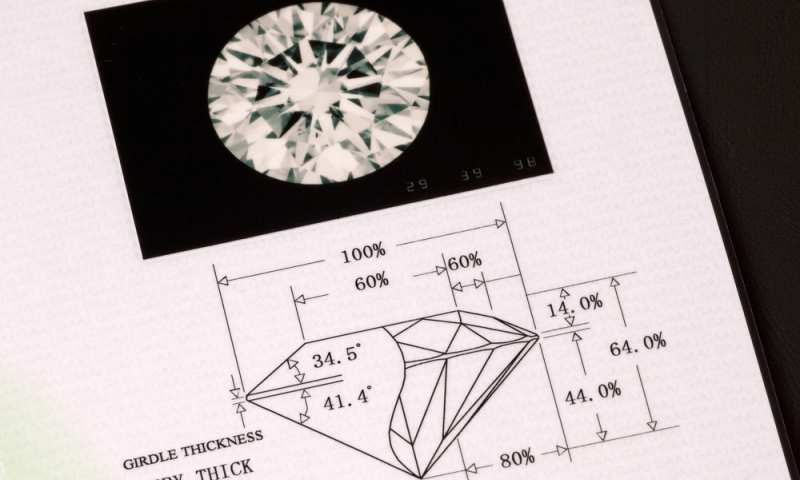
What Is Diamond Certification?
Diamond certification, developed by the Gemological Institute of America (GIA), is a process that evaluates a diamond’s quality based on important factors like carat weight, cut, clarity, and color. It is commonly referred to as a diamond grading report and plays a crucial role in diamond purchases.
The diamond grading report serves two main purposes. Firstly, it determines the quality of the diamond, providing an objective assessment of its characteristics. Secondly, it communicates these qualities to consumers in a way that helps them understand what they are buying.
Not all diamonds require certification. For smaller diamonds, the cost of obtaining a grading report may outweigh the benefits it offers. In such cases, having an appraisal conducted by a qualified diamond professional can provide the necessary assurance of authenticity.
However, for consumers investing in higher-value diamonds, obtaining a diamond certificate is highly recommended. Spending a few hundred dollars on a document that guarantees the quality of a diamond worth thousands of dollars is a reasonable and prudent decision. Purchasing a gemstone of significant value without a certificate can pose significant risks.
Almost all diamonds can be sent to a laboratory for grading, and the presence of a certification does not automatically make a diamond exceptional. The information provided in the grading report determines whether the stone is of gem grade, commercial grade, or a lower grade.
Conversely, the absence of a diamond certificate does not necessarily imply that the diamond is undesirable. There are various reasons why a grading report may not accompany a diamond. Diamond dealers may choose to forgo certification to offer the gem at a more affordable price, especially for smaller to medium-sized diamonds.
However, larger, high-quality diamonds typically undergo certification before being offered in the market. Nowadays, consumers often prefer to purchase certified diamonds, recognizing the value and assurance they provide.
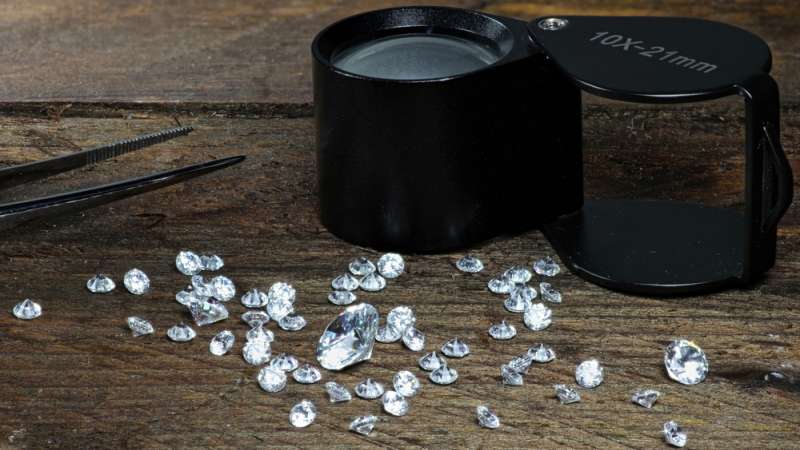
How Do I Get My Diamond Certified?
To obtain certification for your diamond, there are a few steps to follow. Firstly, you will need to have the diamond removed from its jewelry setting, as most labs do not grade mounted diamonds.
If your diamond is already set in a piece of jewelry, you can take it to a professional jeweler who can remove the diamond for you. This is more convenient than taking it to a store that would have to send it elsewhere for the removal process, which could take up to two weeks.
The removal of a diamond from its setting typically only takes a few minutes to complete. While you’re at the jeweler, you can also ask them to clean the diamond, allowing you to inspect it before sending it to the grading lab.
Once the diamond is removed, you can send it to the gemological laboratory of your choice, where a professional will evaluate and grade your diamond. It is advisable to have your diamond insured before sending it through the mail, ensuring coverage in case of loss or damage.
On average, the certification process takes approximately three weeks to complete, and the cost typically ranges between $150 and $300.
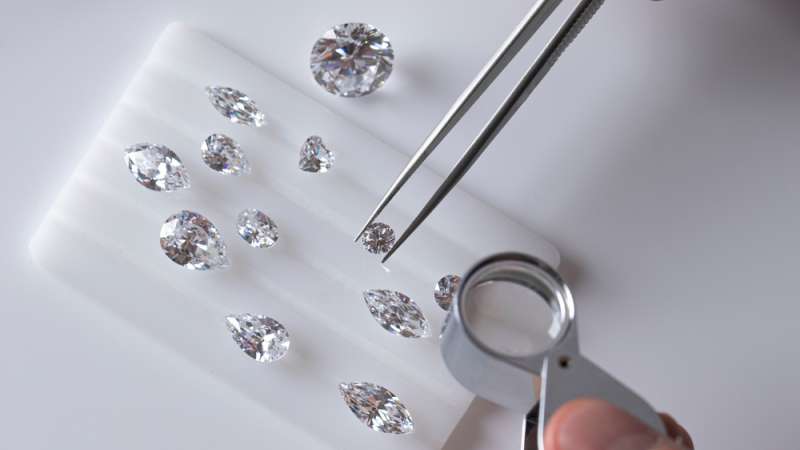
Issuing Diamond Grading Reports
Diamond certification is conducted by reputable organizations that specialize in scientific research. These grading laboratories provide diamond certificates upon payment by diamond vendors. Here are some well-known labs:
Gemological Institute of America (GIA):
The GIA is a non-profit organization dedicated to gemological research and education. They evaluate and grade various gemstones, including diamonds. GIA is highly regarded in the industry and their grading reports are widely recognized. They offer two types of reports: full diamond reports and diamond dossiers for smaller gems. The full reports provide a detailed analysis, including the precise locations of diamond inclusions, while the dossiers are more cost-effective but do not include the inclusion plot. GIA requires a mandatory diamond laser inscription for dossier reports.
American Gem Society (AGS):
AGS is an organization comprised of jewelers, diamond suppliers, traders, and appraisers. They have their own division called AGSL, which assesses and grades diamonds. AGS is a strong competitor of GIA and has a reputable standing in the diamond industry. They have established their own standards for diamond grading.
International Gemological Institute (IGI):
Founded in 1975, IGI is headquartered in Antwerp, a major city in the diamond industry. It has branches worldwide and operates one of the largest diamond grading laboratories. Due to its global presence, IGI’s laboratories in different countries may have slightly different evaluation criteria. While IGI is recognized, it is generally considered to be less accurate compared to GIA and AGS.
European Gemological Laboratories (EGL):
EGL, formerly known as the European Gemological Laboratory, had a significant presence in the diamond business but has since experienced a decline in reputation. The company is currently reorganizing, and its grading reports are not as reliable. EGL-graded stones are not allowed to be listed on certain platforms due to concerns about consistency. It is generally advisable to exercise caution when considering EGL-graded gems, except for those from the 1950s to the early 2000s, where inconsistencies may still exist.
It’s important to choose a diamond with a reputable certification to ensure accuracy and reliability in assessing its quality.
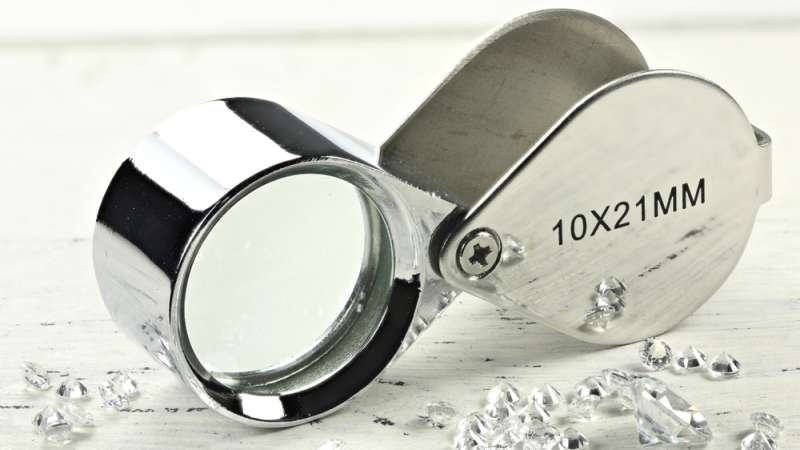
The Process Of Diamond Grading
This section will provide an overview of the diamond evaluation process.
Carat Weight and Proportions
The initial step involves measuring and weighing the diamond. An electronic microbalance is used to determine the carat weight, while an optical scanning device measures the precise dimensions and facet angles of the stone.
Clarity and Finish
The diamond’s clarity and finish are then assessed under magnification in standard viewing conditions. The grader examines the stone for any clarity characteristics and evaluates its finish. They also verify the accuracy of the measurements and weight recorded in the previous step.
The grader assigns an opinion on the diamond’s clarity, polish, and symmetry. The thickness of the diamond’s girdle and the size of its culet are also assessed.
Color and Fluorescence
Next, the grader compares the diamond’s color to a set of master stones representing the standard for each color grade, ranging from D to Z. By comparing the diamond to these reference stones, the grader determines its color grade. The grader also examines the diamond under a specialized UV lamp to assess its fluorescence, if present, and determine its intensity.
Cut
Once the color and clarity grading processes are completed, the grader assigns a cut grade. This assessment incorporates the diamond’s brilliance, scintillation, and fire. The stone’s measurements, facet angles, symmetry, and polish are considered in determining the final cut grade.
Issuing the Diamond Certificate
Upon completion of the grading process, the grading laboratory issues the diamond certificate, which provides an official record of the diamond’s characteristics and grades.
By following these rigorous evaluation steps, the grading lab ensures the accuracy and consistency of the diamond’s certification.
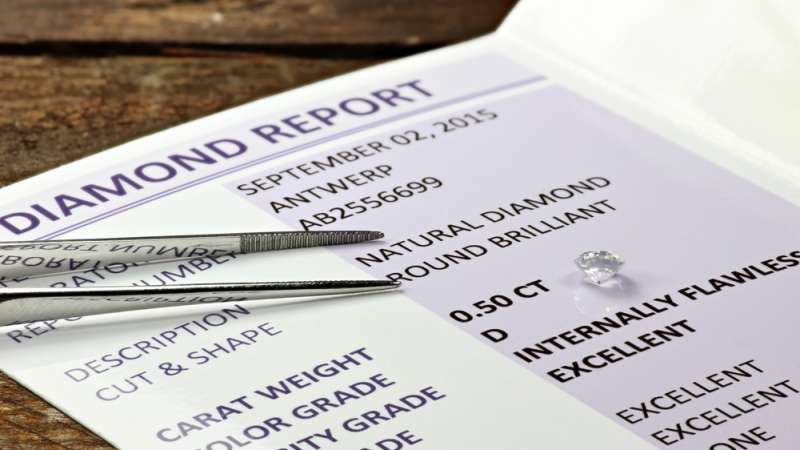
Benefits Of Certified Diamonds
When purchasing a diamond that comes with a certificate, you can trust that its quality has been verified. Rather than relying solely on the dealer’s claims, you have tangible evidence of the gemstone’s attributes.
Certified diamonds offer several advantages:
- Enhanced Value: Certified diamonds hold higher value, particularly when it comes to resale or upgrading. The certification adds credibility and assurance to the diamond’s quality, making it a more desirable and valuable investment.
- Simplified Comparison: Comparing certified diamonds is much easier and more accurate. The certification provides a standardized evaluation based on the 4C’s (carat, cut, clarity, and color), allowing for a straightforward and objective comparison between different stones.
- Increased Confidence: With certified diamonds, consumers can shop with confidence, both online and in-store. The certification serves as an impartial confirmation of the diamond’s characteristics, eliminating skepticism and ensuring a more informed purchase decision.
- Cost Savings: Opting for certified diamonds, particularly when purchased from reputable online retailers, can lead to significant cost savings compared to buying from traditional jewelry stores. Online platforms often offer competitive prices and a wider selection, making it more affordable to obtain a certified diamond.
By choosing certified diamonds, you can make informed decisions, enjoy added value, and shop with confidence, ultimately enhancing your diamond buying experience.
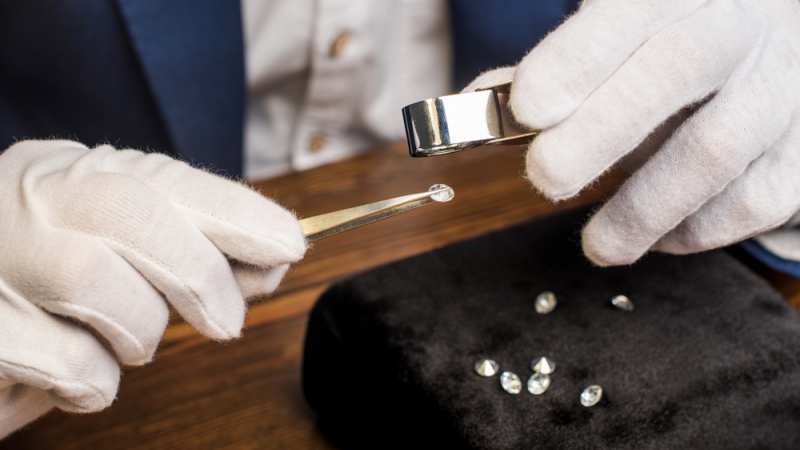
Diamond Certificate Vs. Diamond Appraisal
Diamond certificates and diamond appraisals are two terms often misunderstood or used interchangeably, but they have distinct differences.
A diamond appraisal is a document that primarily provides information about the monetary value of the diamond. It is typically used to determine the appropriate insurance coverage for the gemstone. The appraisal focuses on assigning a specific financial worth to the diamond.
On the other hand, a diamond certificate, also known as a grading report, does not provide information about the diamond’s monetary value. Instead, its purpose is to document the key qualities and characteristics of the diamond. The certificate evaluates the diamond based on factors such as cut, carat weight, color, and clarity. It provides an objective assessment of the diamond’s quality based on standardized grading criteria.
While a diamond appraisal is concerned with assigning a value for insurance purposes, a diamond certificate focuses solely on describing the diamond’s attributes. The certificate does not estimate or indicate the price at which the diamond should be bought or sold.
It’s important to recognize the distinction between these two documents when purchasing or insuring a diamond to ensure you have the appropriate information for your specific needs.
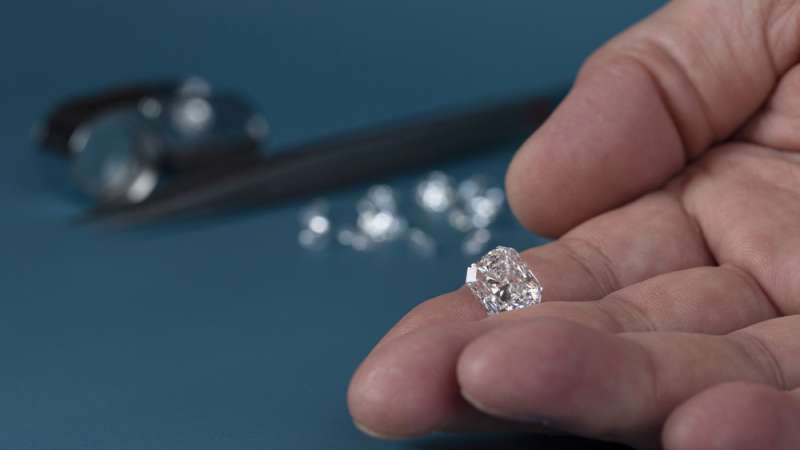
How To Interpret A Diamond Appraisal
Diamond appraisals, although commonly obtained, can lead to misconceptions regarding the actual value of a diamond. It is a common misconception that the value stated on a diamond appraisal is equivalent to its resale value, but this is not accurate.
In many cases, diamond appraisals may reflect an inflated value, sometimes even double the original retail purchase price. This inflated value allows insurance companies to charge higher premiums for coverage. However, it’s important to understand that the true resale value of a diamond is determined by a combination of its specific attributes and the current demand for those attributes in the market.
The value assigned to a diamond appraisal by a certified appraiser does not necessarily reflect the actual resale value of the stone. The resale value is influenced by factors such as the diamond’s quality, market conditions, and consumer preferences at a given time.
Therefore, it’s crucial to recognize that the value stated on a diamond appraisal is not a guarantee of the diamond’s true resale value. It’s advisable to consider the diamond’s attributes and consult with industry professionals when assessing its potential resale value.
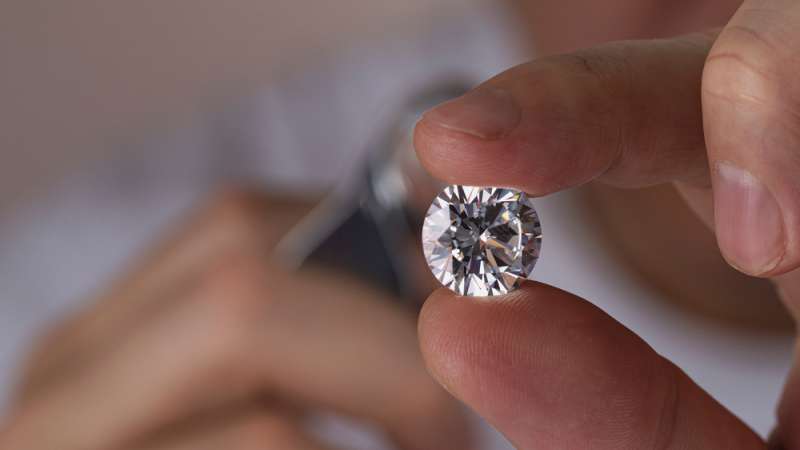
Conclusion
Diamond certification is an essential factor to consider when purchasing a diamond. Without a certificate, you have to rely on the seller’s word, which can be subjective and potentially misleading. On the other hand, when a diamond is accompanied by a certificate from a reputable grading organization like the GIA, you gain immediate knowledge about the diamond’s quality and characteristics. This empowers consumers to make well-informed decisions when selecting and buying a natural diamond.
Even if you have a diamond that is not initially certified, you have the option to send it to a trusted laboratory for assessment and certification. This allows you to obtain a diamond certificate that provides an unbiased evaluation of the diamond’s attributes.
In general, choosing a certified diamond or obtaining certification for your existing diamond offers peace of mind. It ensures that you have a documented assessment of the diamond’s quality, giving you confidence in your purchase or possession.


